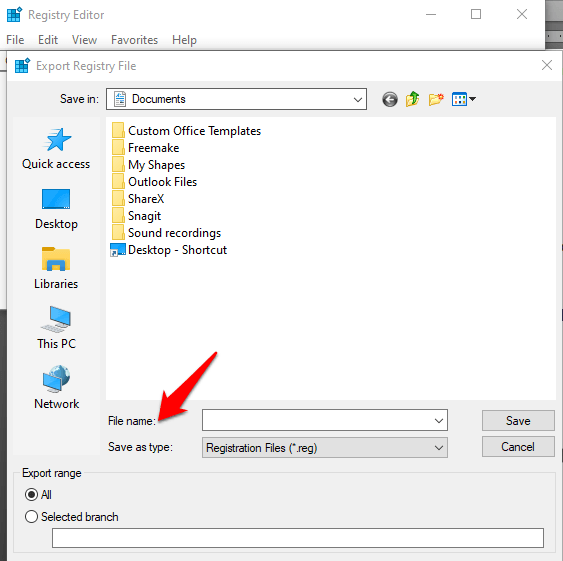

Step 2: Select Update & Security then on the next screen choose Recovery from the options available on the left hand side of the window. That will open the Settings window with a number of options to choose from. Select the settings app icon the one that appears top of the list. Step 1: Click the start button or press Windows key then search Settings. Here are the steps to follow when you want to reset Windows system: It's important to backup all your files and folders before this operation it involves reinstalling Windows and might mean losing some data. If you’re still seeing error alerts or reduced system performance after restoring the system registry, then maybe resetting the Windows system can fix the problem. That’s all you need to do to have the system’s registry restored on your PC. The process often takes a few minutes after which the PC will restart in order to save the changes. The system’s registry will then be restored. You’ll then be prompted to confirm your restore point then click Finish.

Step 4: When the scan is done, click Next. That will check the registry for any files that have been compromised. Step 3: Choose your preferred restore point then choose Scan for affected programs. Step 2: Next, under Advanced recovery tools click on open system restore then head over to Restore system files and settings the click Next to proceed. Step 1: Click on the start button then type control panel the under All control panel items choose Recovery. That being said, here are the steps to help you restore the system registry on your PC. That comes in handy, especially during system restore to fix Windows vulnerabilities. That way, you allow Windows to automate the creation of restore points whenever you make any significant system changes such as software or driver installation. It’s recommended to always enable the System Restore feature on your PC. This method entails reverting the system’s registry back to a previous restore point that had no broken items. Here are some methods you can use to fix broken registry items in Windows 10. And there are many ways to help you do that. Luckily, it’s possible to tweak registry entries. This can compromise the operations of your PC.Ī corrupted registry can severely impact the overall performance of your computer. Malware and viruses have a tendency to modify the system’s registry. Unexpected PC shutdowns or crashes may interfere with the saving of registry copies, like is normally the case during normal shutdowns. Registry fragments often result from software uninstallations or upgrades. This is often associated with duplicate keys. There are many causes of broken registry items. These elements are used by the operating system to launch programs, install new software, and change hardware, among a host of other functions.


 0 kommentar(er)
0 kommentar(er)
